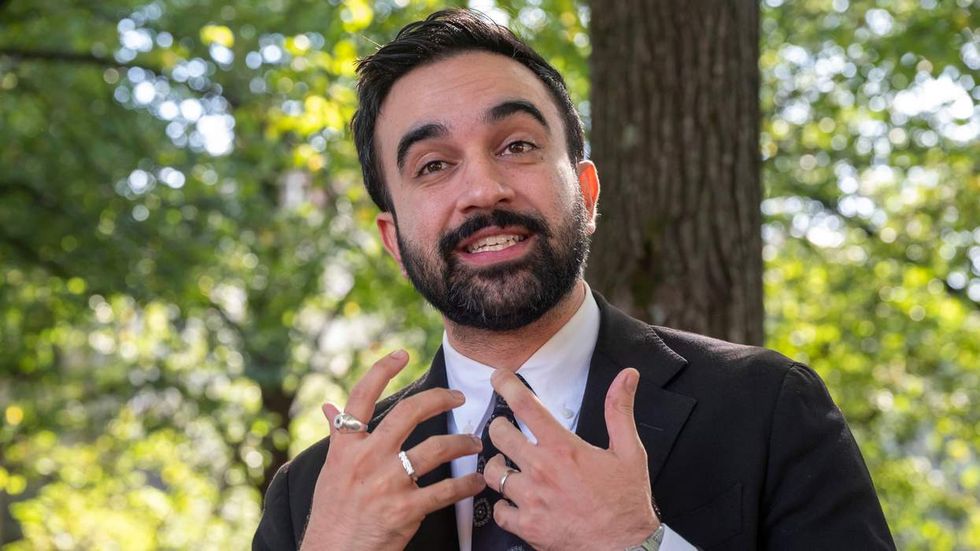
WWW.LGBTQANDALL.COM
Therapeutic Approaches for Gender-Expansive and Nonbinary Clients
Working with gender-expansive and nonbinary clients requires therapists to move beyond traditional binary-focused frameworks and adopt affirming, flexible, and evidence-based therapeutic approaches for nonbinary clients. Gender-expansive clientsthose whose gender identity falls outside traditional male or female categoriesoften face unique mental health challenges, including minority stress, discrimination, and identity-related anxiety. For therapists, understanding these experiences and tailoring care accordingly is essential to providing effective support.Understanding Nonbinary and Gender-Expansive ExperiencesNonbinary, genderfluid, agender, demigender, and other gender-expansive identities challenge the traditional binary of male and female. Each clients experience is deeply personal and may evolve over time. Many face societal pressures, misgendering, family rejection, or difficulties accessing gender-affirming care, which can exacerbate mental health concerns.Therapists should also recognize the role of minority stressthe chronic stress associated with stigma, discrimination, and societal marginalization. Research shows that minority stress contributes to higher rates of depression, anxiety, suicidal ideation, and trauma-related symptoms among nonbinary individuals. By validating clients experiences and creating safe spaces for exploration, therapists can implement effective therapeutic approaches for nonbinary clients and support healthier outcomes.Common Pitfalls in TherapyDespite good intentions, many therapists inadvertently hinder progress by relying on binary assumptions. Common pitfalls include misgendering clients or making assumptions about gender identity based on appearance or legal documents, using assessment tools and treatment frameworks that assume male/female binaries, failing to consider intersectionality including race, disability, socioeconomic status, and sexual orientation, and overlooking the importance of inclusive intake forms, language, and documentation practices. Awareness of these pitfalls is critical to applying best practices in therapeutic approaches for nonbinary clients.Evidence-Based Therapeutic ApproachesSeveral therapeutic approaches for nonbinary clients can be adapted to provide affirming, client-centered care. Affirmative therapy emphasizes validation, empowerment, and respect for clients gender identities. Therapists explicitly affirm the clients identity, address stigma, and help clients develop coping strategies for societal stressors. Trauma-informed care is also critical, as many gender-expansive clients have experienced trauma related to identity-based discrimination or family rejection. Trauma-informed care prioritizes safety, trust, and choice, while helping clients process past experiences in a supportive context. Cognitive Behavioral Therapy (CBT) can be adapted to address gender-related anxiety, dysphoria, and depression, helping clients identify negative thought patterns linked to societal stigma and develop healthier coping strategies. Narrative therapy allows clients to explore and redefine their gender identity stories, helping separate self-concept from societal pressures and develop empowering personal narratives. Interventions that target minority stress, internalized stigma, coping with discrimination, and resilience-building also improve outcomes for gender-expansive clients.Practical Strategies for TherapistsTherapists can adopt several concrete strategies to create more inclusive and effective care. Always ask and use the clients chosen pronouns and include pronoun options in intake forms and documentation. Ensure the physical and emotional environment is welcoming, whether in person or online, with visual cues, literature, and signage that signal affirmation. When appropriate, work with families to support understanding and acceptance, providing psychoeducation to reduce rejection and conflict. Support clients in navigating systems such as healthcare, education, or workplaces, and help them access gender-affirming care or resources when needed. Maintaining connections with organizations that specialize in gender-affirming services, peer support groups, or crisis intervention for LGBTQ+ youth and adults also complements the therapeutic approaches for nonbinary clients outlined here.Case ExamplesCase 1: A 17-year-old nonbinary teen struggles with social anxiety due to school misgendering. The therapist uses CBT techniques to challenge self-critical thoughts while implementing an affirmative approach that validates the clients identity and experiences. Family sessions are incorporated to educate parents on pronouns and supportive behaviors.Case 2: A 28-year-old genderfluid adult experiences workplace dysphoria and depression. The therapist employs narrative therapy to help the client reconstruct their identity story, explore coping strategies, and set boundaries at work. Trauma-informed techniques address past experiences of harassment.These examples illustrate how therapists can combine different therapeutic approaches for nonbinary clients to meet individual client needs.Conclusion and Key TakeawaysProviding effective care for gender-expansive and nonbinary clients requires awareness, flexibility, and ongoing learning. Therapists must move beyond binary assumptions and affirm clients identities, recognize and address minority stress and identity-related trauma, adapt therapeutic approaches such as CBT, narrative therapy, and trauma-informed care, create safe and inclusive environments, and advocate for client needs. Engaging in continuing education ensures therapists stay current on LGBTQ+ mental health best practices. When therapists intentionally affirm gender-diverse identities, clients are more likely to feel validated, empowered, and able to navigate life challenges successfully.References for Therapists Working with Nonbinary and Gender-Expansive ClientsRosati, F., et al. (2022). Non-Binary Clients Experiences of Psychotherapy. PMC. https://www.ncbi.nlm.nih.gov/pmc/articles/PMC9690436/Brewster, M. E., Motulsky, W., & Glaeser, E. (2019). Working with gender-expansive clients in psychotherapy. PubMed. https://pubmed.ncbi.nlm.nih.gov/31503335/Pepping, C. A., Cronin, T. J., & Davis, A. W. (2025). Mental Health Care for Transgender and Non-binary Adults: An Investigation of Affirmative Practice, Therapy Experiences and Outcomes. Springer. https://link.springer.com/article/10.1007/s13178-024-01065-5Dickenson, J. A., et al. (2023). A Sexual Wellbeing Framework to Address Sexuality in Therapy with Transgender, Nonbinary, and Gender-Expansive Clients. Taylor & Francis Online. https://www.tandfonline.com/doi/full/10.1080/02703149.2023.2229684Matsuno, E. (2019). Non-Binary-Affirming Psychological Interventions. ScienceDirect. https://www.sciencedirect.com/science/article/abs/pii/S1077722918301020Malpas, J., et al. (2022). Family-Based Interventions with Transgender and Gender-Expansive Youth. PMC. https://www.ncbi.nlm.nih.gov/articles/PMC9829155/Klinger, D., et al. (2024). Mental health of non-binary youth: a systematic review and meta-analysis. PMC. https://www.ncbi.nlm.nih.gov/pmc/articles/PMC11465615/Lelutiu-Weinberger, C., et al. (2024). A Pilot Trial of an LGBTQ-Affirmative Cognitive-Behavioral Therapy for TGE Adults Living in the High-Stigma Context of Romania. ScienceDirect. https://www.sciencedirect.com/science/article/pii/S0005789424001552The post Therapeutic Approaches for Gender-Expansive and Nonbinary Clients appeared first on LGBTQ and ALL.
0 Comments
0 Shares
2 Views
0 Reviews









